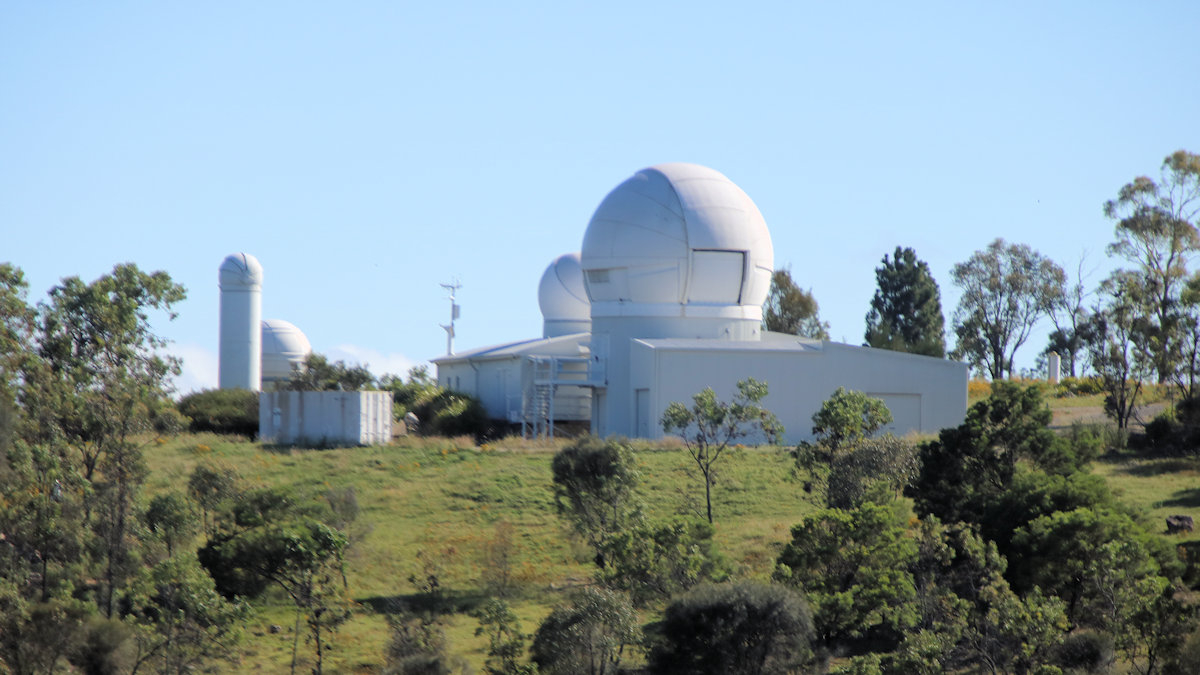Tag: Astronomy
-
Mount Stromlo Observatory Canberra

Mount Stromlo Observatory Canberra Devastated by a severe bushfire in 2003, the Mount Stromlo Observatory no longer undertakes active astronomical observations. Instead, it has become the headquarters of the ANU (Australian National University) Research School of Astronomy and Astrophysics. Despite the destruction caused by the bushfire, the ruins of the observatory domes are worth visiting.… Read more
-
Canberra Deep Space Communication Complex

Canberra Deep Space Communication Complex Located a 40-minute drive from the centre of Canberra, ACT Australia, the Canberra Deep Space Communication Complex (CDSCC) is an important part of NASA’s tracking network. Construction at the site in the Tidbinbilla Valley commenced in June 1963 and operations started in December 1964. Chosen due to it’s proximity to… Read more
-
Narrabri Paul Wild Observatory

Narrabri Paul Wild Observatory Operated by the CSIRO and located 25 km west of Narrabri in north-west New South Wales, the Paul Wild Observatory is an array of six 22 metre antennas used for radio astronomy. This was an unexpected highlight of our trip to the north-west, because we were not aware it existed until… Read more